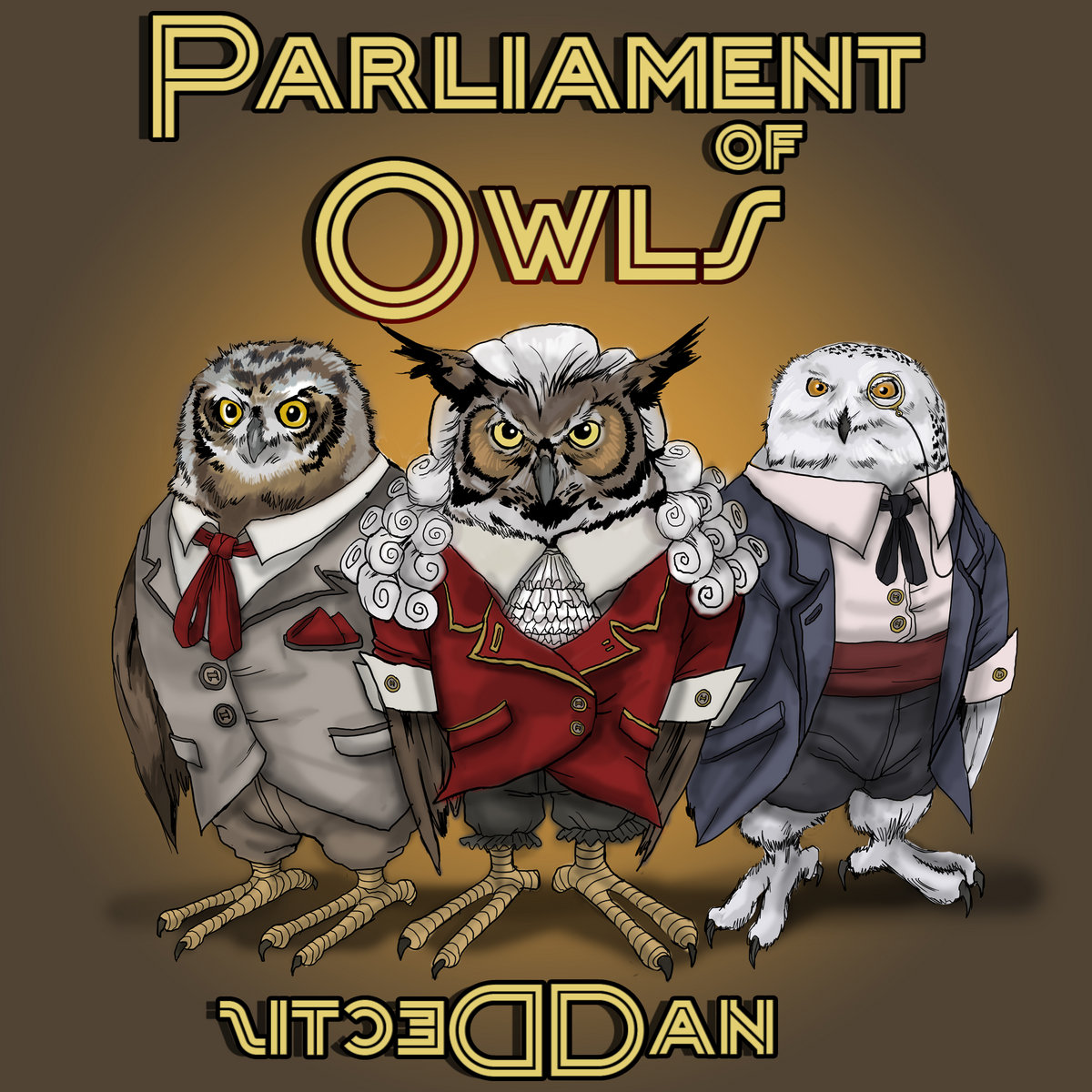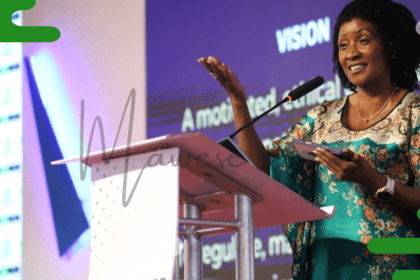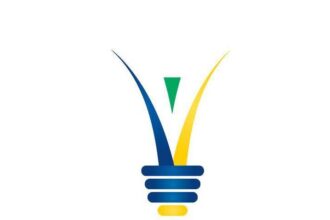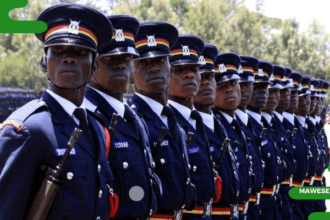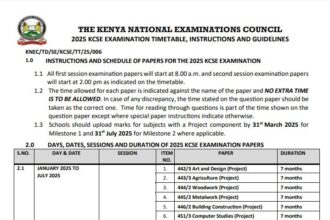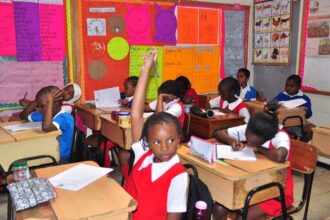In a world where political corruption mirrors the ruthless hierarchies of the animal kingdom, Adipo Sidang’s A Parliament of Owls emerges as a piercing allegory of power, tyranny, and resistance. This satirical play reimagines Africa’s political landscape through a feathered cast, where owls—the self-proclaimed rulers of the avian world—exploit their authority to enforce oppression, cronyism, and propaganda. Sidang crafts a darkly humorous yet sobering critique of dictatorship, using animal symbolism to expose the greed and hypocrisy festering within governments.
The novel centres on King Tula Nyongoro, a despotic owl monarch whose regime crushes dissent through absurd laws, violent crackdowns, and alliances with corrupt figures like Money Bags Owl, a tycoon who bankrolls oppression. Yet hope flickers through rebels like Iron Lady Owl and Oyundi the Fire-finch, whose defiance sparks a revolution. Through its layered narrative, the work dissects themes of authoritarianism, collective action, and the cyclical nature of power.
What is the summary of the Parliament of Owls set book?
Adipo Sidang’s A Parliament of Owls unfolds in a fictional avian realm where owls, led by the tyrannical King Tula Nyongoro, monopolise power through fear and manipulation. The story begins with the owls’ entrenched dominance over other birds, enforced by draconian laws like the Moonlight Law, a curfew banning non-owls from nighttime activities, and the Hammering Ban, which criminalises nest-building by weaver birds. These policies consolidate the owls’ control while crippling dissent.
The plot escalates with King Tula’s alliance with Money Bags Owl, a corrupt magnate who bankrolls the regime in exchange for mining rights to the kingdom’s jewels. Their greed sparks unrest, particularly after the Weaver Massacre, where owl enforcers slaughter protesting birds. This brutality galvanises resistance leaders like Iron Lady Owl, a disenchanted former parliament member, and Oyundi the Fire-finch, a cunning strategist. Together, they orchestrate covert rallies and distribute subversive literature, culminating in the Moonlight Demonstration, a pivotal protest that exposes the regime’s fragility.
The narrative’s turning point arrives when Oyundi discovers the Golden Bead, a sacred relic symbolising legitimate rulership, hidden in Money Bags Owl’s vault. It’s theft destabilises the owls’ authority, as their claim to power rests on possessing the artefact. In the climax, rebels storm the parliament during a chaotic session where Red String Puppet Owl, a propagandist, mindlessly parrots regime slogans. The owls’ downfall is sealed when their own guards defect, and the Flock of Birds, a coalition of eagles, crows, and songbirds, establishes an inclusive government.
Sidang masterfully interweaves Satire and suspense, using the owls’ collapse to critique how dictatorships crumble when oppressed groups unite. The story closes not with utopia but cautious optimism as the new leaders vow to dismantle systemic inequities, a nod to real-world struggles for equitable governance.
Who are the Key characters in the Parliament of Owls?
The Parliament of Owls novel features several characters, each with different symbolism that reflects real-world political archetypes. Some of these Key characters include:
King Tula Nyongoro
The owl monarch epitomises dictatorship, ruling through fear and absurd decrees like the Moonlight Law, which bans non-owls from nocturnal activities. His alliance with Money Bags Owl—a tycoon funding his regime—mirrors how African dictatorships often partner with oligarchs to maintain power. King Tula’s gradual paranoia, including executing perceived rivals, parallels historical strongmen clinging to authority despite crumbling legitimacy.
Money Bags Owl
This character symbolises crony capitalism’s role in propping up oppressive regimes. He finances the Owl parliament’s security forces while monopolising resources like the Forest’s medicinal herbs, reflecting how elites exploit national assets for personal gain. His manipulation of trade laws to impoverish smaller birds critiques neoliberal policies that widen wealth gaps under the guise of economic growth.
Iron Lady Owl & Oyundi the Fire-finch
The rebel duo represents intersectional resistance. Iron Lady Owl, a disenchanted former parliament member, uses insider knowledge to organise protests, embodying reformist activism. Oyundi, a day bird barred from nocturnal politics, orchestrates the Golden Bead heist—a plot to steal the owls’ symbol of power. Their partnership bridges the species divide, illustrating how marginalised groups must unite to dismantle systemic oppression.
Red String Puppet Owl
A propaganda mouthpiece, this character spins lies through state-controlled media like The Parliamentarian. His slogan “Owls See Farther!” justifies owl supremacy, satirising how dictatorships weaponise nationalism and misinformation to gaslight citizens. His eventual defection after realising the regime’s cruelty mirrors real-world propagandists who later expose authoritarian regimes.
Arum Tidie
The regime’s chief propagandist crafts narratives blaming economic crises on “lazy day birds.” His assassination by rebels becomes a rallying cry, exposing how state-sponsored lies inevitably unravel. His arc critiques the dangerous symbiosis between dictatorships and compliant intellectuals who legitimise oppression.
Themes In the Parliament of Owls
What is the theme of the Parliament of Owls? Adipo Sidang’s A Parliament of Owls Setbpook showcases the systemic rot in the political systems of the real world through four interconnected themes. They are as follows:
Corruption and Abuse of Power
The Owl regime weaponises legislation to entrench inequality. The Moonlight Law, a curfew banning non-owls from nocturnal activities, exemplifies how authoritarian regimes invent arbitrary rules to suppress dissent. King Tula’s inner circle, including Money Bags Owl, redirects public funds to personal projects, mirroring the graft seen in kleptocratic governments. Sidang highlights how corruption metastasises when leaders prioritise loyalty over accountability, creating a predatory state where power serves only the elite.
Oppression and Rebellion
Violence becomes the regime’s default tool for control. The Weaver Massacre, where owls slaughter weaverbirds protesting food shortages, parallels historical crackdowns on marginalised communities. Yet oppression breeds defiance: the Moonlight Demonstration sees flamingos and hornbills flouting the curfew, their synchronised protests underscoring the power of grassroots mobilisation. Iron Lady Owl’s underground network and Oyundi’s strategic strikes reveal how resistance adapts, blending public defiance with covert tactics to destabilise autocrats.
Propaganda and Manipulation
The Red String Puppet Owl embodies state-sponsored disinformation. Through songs and speeches, it glorifies owl rule while vilifying dissenters as “featherless traitors.” Sidang critiques how propaganda rewrites history: textbooks erase pre-owl eras, and Arum Tidie’s media empire spins economic collapse as “temporary austerity.” This distortion of truth mirrors real-world tactics where regimes control narratives to manufacture consent, turning even crises into proof of their indispensability.
Hope and Collective Action
The revolution’s success hinges on unity across species lines. Sparrows gather intelligence, herons smuggle supplies, and fire-finches execute precision strikes. This coalition, the Flock of Birds, proves diversity is a strength. Sidang rejects fatalism: Oyundi’s discovery of the Golden Bead, a relic symbolising legitimate rule, becomes a rallying point. The finale argues that sustainable change requires not just ousting tyrants but rebuilding institutions through shared values—a lesson for nations cycling between revolution and regression.
How Does the Parliament of Owls Use Symbolism and Satire?
The Parliaments of Owls exposes real-world political systems through Satire and symbolism throughout the entire Set book. A few instances where this is clearly illustrated are as follows:
The Parliament of Owls as a Political Metaphor
The titular parliament symbolises elitist regimes that prioritise self-preservation over public welfare. By restricting leadership to nocturnal birds, Sidang critiques exclusionary power structures in African governments where political dynasties and ethnic favouritism dominate. The owls’ obsession with night vision superiority mirrors how autocrats justify oppression as a necessary expertise, a dark parody of the benevolent dictator myth. Their parliamentary sessions, held in darkness, become theatres of corruption where laws like the Daylight Ban prohibiting non-owls from daytime activities institutionalise inequality.
The Golden Bead and Legitimacy of Power
This stolen relic represents the hollow pageantry of political legitimacy. Though the owls claim the bead grants divine authority, its true power lies in their ability to control its narrative. When rebels recover it, its tarnished surface, once polished to dazzle subjects, exposes the regime’s manufactured grandeur. Sidang parallels this with real-world regimes that cling to colonial-era symbols or forged historical narratives to mask illegitimacy.
Animal Allegory and Social Stratification
Species hierarchy mirrors class divisions:
- Owls: The Corrupt political class exploiting legal loopholes
- Eagles: Silenced military figures complicit in tyranny
- Day Birds (fire-finches, weaverbirds): Marginalised citizens bearing economic burdens
- Vultures: Opportunistic foreign investors profiting from instability
The Red String Puppet Owl, a propaganda tool controlled by hidden strings, satirises state media’s role in manufacturing consent. It’s catchy jingles, Owl’s Know Best parody populist sloganeering, reducing complex issues to simplistic rhymes that numb critical thought.
Absurdist Satire of Bureaucracy
Sidang amplifies real-world political folly through avian logic. The Anti-Hammering Act—banning woodpeckers from “disturbing public peace” is a ridiculous law weaponised against dissent. When owls blame food shortages on the “overpopulation of caterpillars,” the satire targets scapegoating tactics used to deflect governance failures. Through these exaggerated edicts, Sidang reveals how authoritarian regimes pathologise resistance rather than address root causes.
Parliament of Owls setbook download
Below you can see the summary analysis of the setbook and even download it for offline viewing:
PARLIAMENT-OF-OWLS-GUIDE-SP-1Questions And Answers
What is the satire in The Parliament of Owls?
The novel satirises African political corruption by portraying owls as power-hungry leaders who exploit their authority. The owls’ hypocritical laws (e.g., the Moonlight Law) and propaganda mirror real-world dictators who prioritise self-interest over public welfare
What is the summary of The Parliament of Owls?
Set in a bird kingdom ruled by owls, the story follows King Tula Nyongoro’s descent into tyranny. Corrupt policies spark a rebellion led by Iron Lady Owl and Oyundi the Fire-finch, who uncover the regime’s secrets (e.g., the Golden Bead) to establish inclusive governance.
How does the play explore betrayal?
Betrayal is shown through characters like Money Bags Owl, who exploits his alliance with the king for personal gain, and Red String Puppet Owl, who spreads propaganda to uphold oppression. These acts highlight how loyalty is sacrificed for power.
What is the irony in the story?
Owls, traditionally symbols of wisdom, are depicted as foolish and corrupt. Their self-serving laws (e.g., banning woodpeckers from hammering) expose the absurdity of authoritarian logic.
Conclusion
A Parliament of Owls transcends how the political systems of the real world, especially modern Africa, are coordinated in every possible way. In this novel, Sidang explains how corruption evolves when leaders prioritise self-interest, how propaganda warps truth, and how collective action, however fragmented, can dismantle even the most entrenched tyranny.


